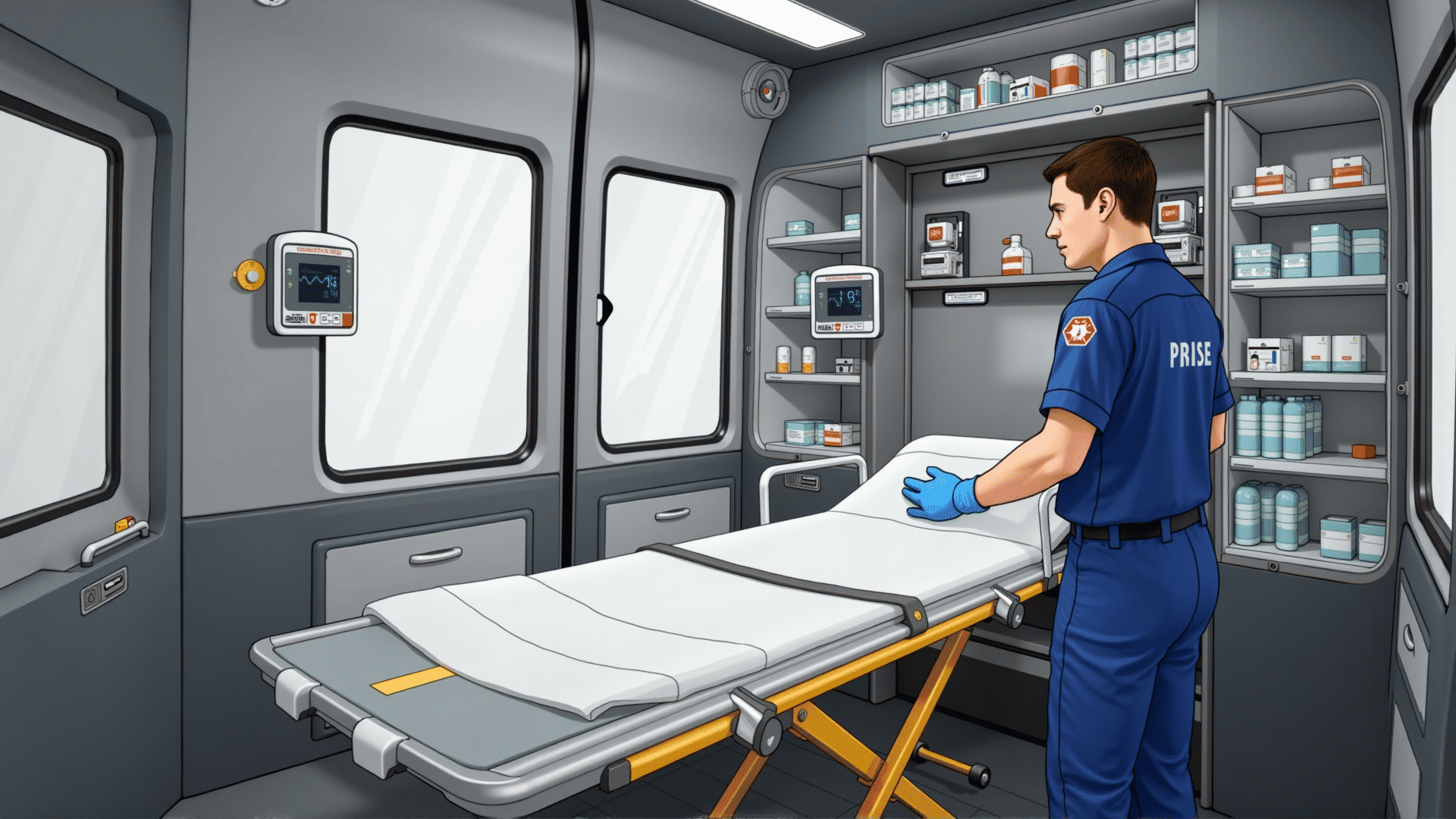In today's fast-paced world, the role of rescue operations is more crucial than ever. Whether responding to natural disasters, industrial accidents, or emergency situations, the ability to act swiftly and effectively can mean the difference between life and death. At the heart of these operations lies a range of modern rescue equipment that has revolutionized the way professionals approach emergencies.
One of the most significant advancements in rescue equipment is the development of drones. These unmanned aerial vehicles (UAVs) have become indispensable tools for search and rescue teams. Equipped with high-resolution cameras and thermal imaging technology, drones can quickly cover large areas, providing real-time data and imagery to teams on the ground. This allows for the rapid identification of individuals in distress, even in challenging environments where visibility is low.
Another critical piece of modern equipment is the hydraulic cutter, commonly referred to as the "jaws of life." This tool is engineered to slice through metal and other materials, enabling rescuers to free individuals trapped in vehicles or debris swiftly. Its precision and power greatly enhance the efficiency of emergency services, ensuring that victims receive medical attention as soon as possible.
In the realm of personal protective equipment, there have been significant strides as well. Today's rescue uniforms and gear are designed with advanced materials that provide better protection against heat, chemicals, and physical impact, while still allowing for the mobility necessary in emergency situations. Moreover, the integration of smart technology in helmets and vests, such as communication devices and biometric sensors, keeps teams connected and informed in real-time, enhancing both strategy and safety.
Advanced breathing apparatuses have also seen notable improvements. The latest models offer longer operational periods and are designed for comfort and ease of use, which are critical factors during prolonged rescue missions in hazardous environments, such as fires or areas with toxic gases.
Furthermore, technology such as Geographic Information Systems (GIS) and mobile apps have been instrumental in coordinating rescue efforts. These systems provide accurate mapping and data-sharing capabilities that allow different teams to work together in an organized and efficient manner, minimizing response times and maximizing the impact of rescue actions.
The evolution of modern rescue equipment does not only highlight the technological advancements but also underscores a fundamental commitment to saving lives. Through continuous innovation, these tools provide rescuers with the capability to respond faster, work smarter, and, most importantly, keep themselves and others safe in dire situations.
As technology continues to evolve, one can only anticipate further enhancements that will continue to redefine the possibilities within rescue operations. With such tools at their disposal, rescue teams around the world are more prepared than ever to face the challenges of tomorrow.
